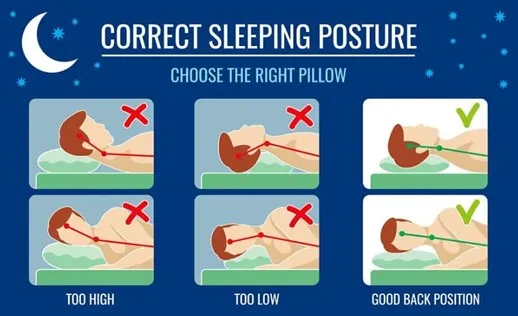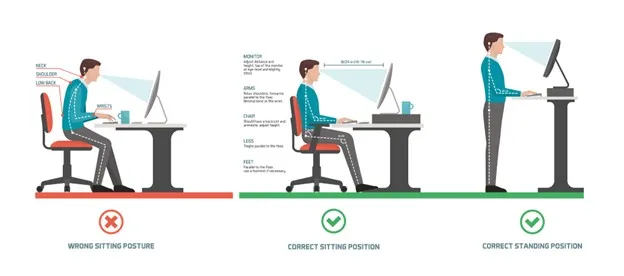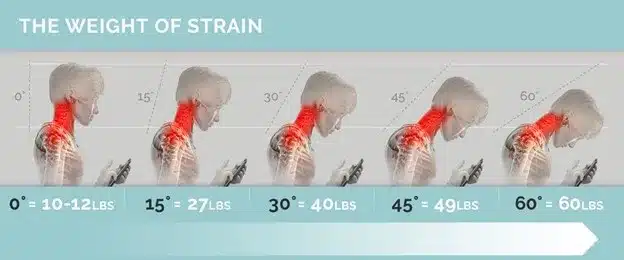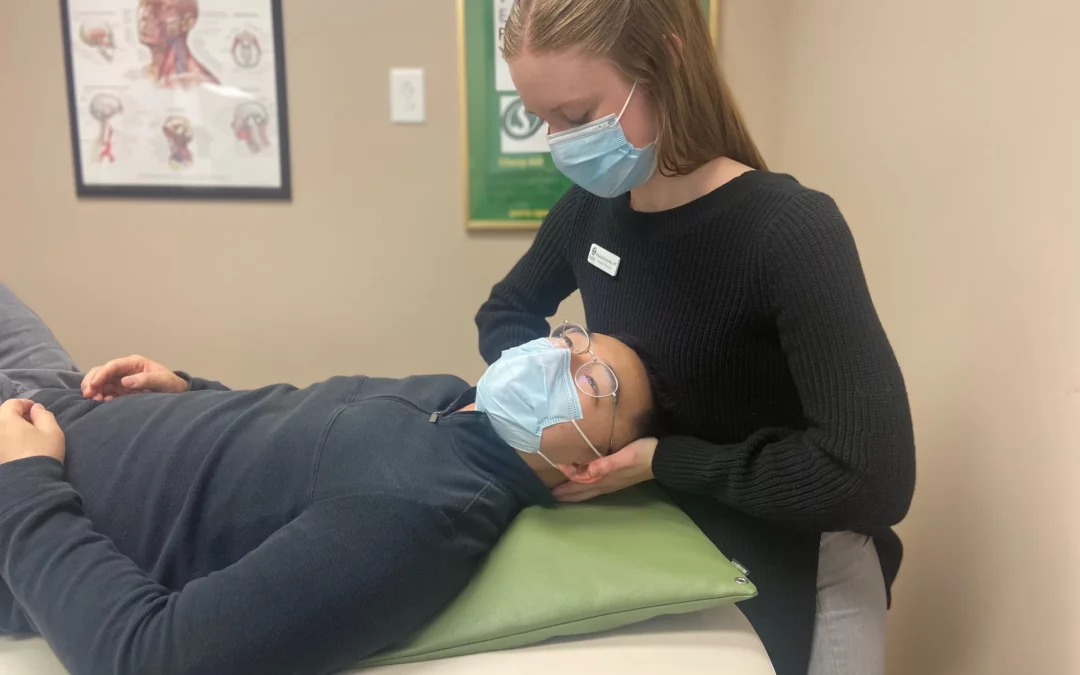Got Neck Pain?
Causes of Neck Pain

Sometimes I feel other symptoms with my neck pain
When neck pain occurs, there is usually a loss of motion in the neck, either due to stiffness and/or tightness, muscle weakness, and potentially a feeling of muscle spasms. Other symptoms that can occur with some forms of neck pain include headaches, dizziness, eye strain, and pain radiating into the shoulder or arm. Physical therapy can be helpful in decreasing these symptoms, restoring range of motion, and improving functional capacity.
Do I need an X-RAY or MRI?
Contrary to popular belief, it has become clear in recent research that imaging does not always correlate with pain. This means that people who may show abnormalities on an x-ray or MRI, may actually be asymptomatic, or not experiencing pain. Some of these “abnormalities” are a normal part of aging, and may not be directly related to pain. In contrast, people with no abnormalities seen on imaging may actually experience neck pain. This means that deeper structures are “normal” yet someone is experiencing pain. The cause of this pain is neurophysiological and physical therapists can help to reduce the pain by helping improve the body’s response to physical activity.
How can Physical Therapy help me?
The Doctors of Physical Therapy at Specialized Physical Therapy will, as stated above, create an individualized program once you are evaluated for your neck pain, with the goal of improving your specific limitations related to your pain, in order to improve your functional capacity, improve quality of life, and reduce the chance of your pain becoming persistent or chronic.
One of the areas your physical therapist will address is your posture. Our bodies are made for movement, but we find that more and more people are in static positions. To prevent recurrence of neck pain (among other areas of pain), you want to make sure that your work area is properly positioned to reduce the amount of external stress on your body. Correctly positioning your body and work environment can help reduce the repetitive strain on your muscles and joints from staying in one position for an extended period of time. Below is a helpful diagram to help you maximize your body position for either a sitting for standing work desk.

When sitting, you want to use a comfortable and supportive chair with your feet flat on the floor. Your hips should be at a 90 degree angle where your thighs are horizontal. Position your keyboard and desk so that your elbows can rest on arm rests close to your body at about a 90 degree angle. You want your shoulders to be relaxed, and the top of your computer should be at eye level so your eyes can comfortably look at the screen. To keep your upper back and neck in a good position, use a back support in your chair, and make sure to have your font large enough so you do not have to lean in to see your screen. For a standing desk, the same rules apply to the upper portion of your body, and instead of sitting, you want to stand with good posture.
It is also recommended that you move your body throughout the day, and take breaks to stand up/move around every 30 minutes. This will give your body a break from your sustained position, and your eyes a break from your screen.
As technology becomes more and more prevalent in our day-to-day lives, having proper posture when using a cellphone or other device is just as important. The diagram below demonstrates how hard your neck and upper back muscles have to work to hold your head up against gravity in progressively greater angles of “slumping” to look at your phone. Neck pain related to cell phone use is becoming more and more popular. See below for a visual of why proper posture when using a cellphone, tablet, kindle, or any other device/activity is important, especially for prolonged use.

After you have had a proper discussion with your physical therapist regarding posture, an individualized plan of care would be created to integrate exercise and manual therapy as indicated in your specific case of neck pain. There are several different exercises that your therapist may choose from to help address your pain. See below for sample exercises that your therapist may choose to address:
Interested in finding out more? Contact one of our Doctors of Physical Therapy today to see how our individualized one-on-one approach can help restore your quality of life. Please call 609-880-0880 (Specialized Physical Therapy – Burlington) or 856-424-0993 (Specialized Physical Therapy – Cherry Hill) to schedule an appointment to address your neck pain. To learn more about other conditions we treat, please click HERE.



